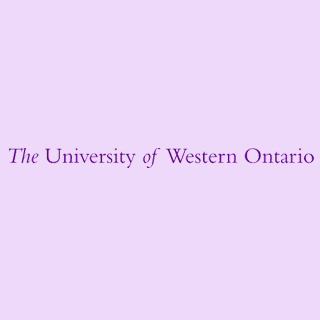
The newly developed treatment called ‘therapeutic angiogenesis’ reportedly helps form new blood vessels and controls the flow of blood into the areas starved of oxygen. Experts have now offered a method to improve the current strategy. In this strategy more attention is paid to the supporting cells of the vessel wall, rather than the endothelial or lining cells of the artery wall.
“Heart attacks and strokes are leading causes of death and disability among Canadians. Coronary bypass surgery and stenting are important treatments but are not suitable for many individuals. Because of this, there has been considerable interest in recent years in developing biological strategies that promote the regeneration of a patient’s own blood vessels,†shared Dr. Pickering, a professor of Medicine (Cardiology), Biochemistry, and Medical Biophysics, and a scientist at the Robarts Research Institute.
When the supporting cells are activated, new blood vessel may rise up in adult mice. These vessels apparently did not shrivel up and disappear but instead lasted for over a year. These regenerating blood vessels were purportedly enveloped by smooth muscle cells that gave them the ability to constrict and relax. This appears as a critical process for assuring that the right amount of blood and oxygen gets to the tissues. FGF9 possibly ‘awakens’ the supporting cells and stimulates their wrapping around the otherwise fragile blood vessel wall.
The research is published online in Nature Biotechnology.
